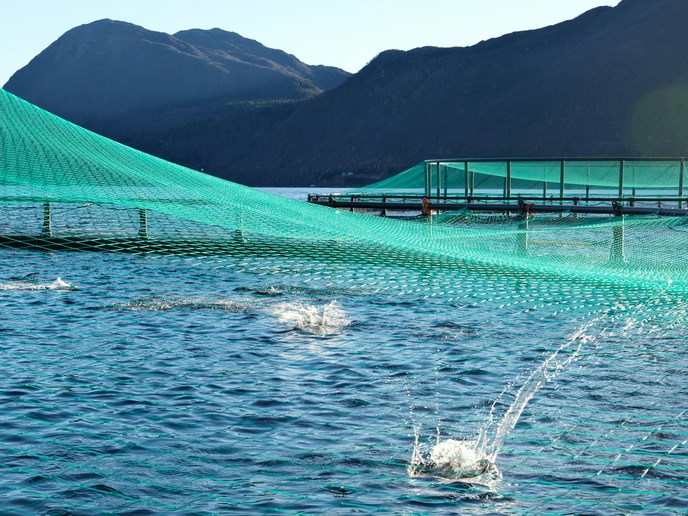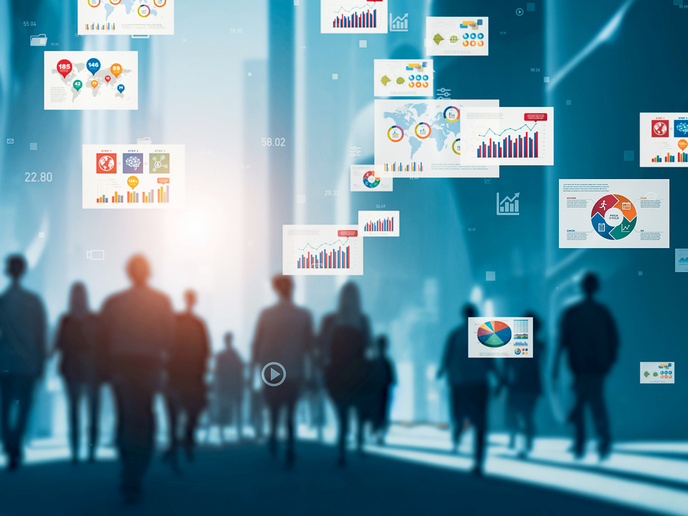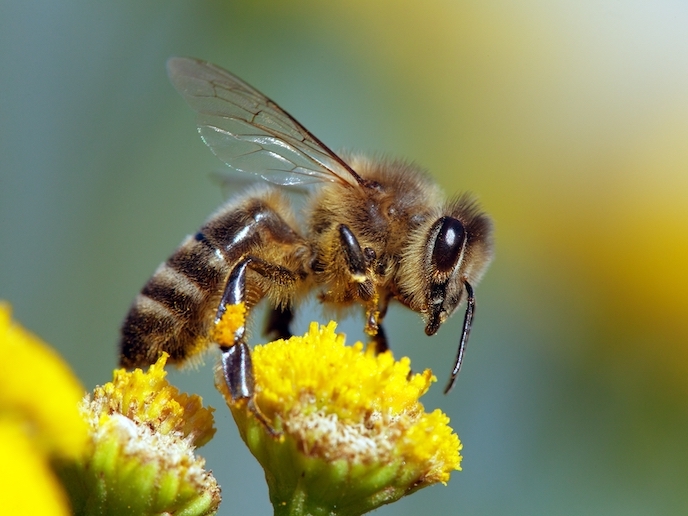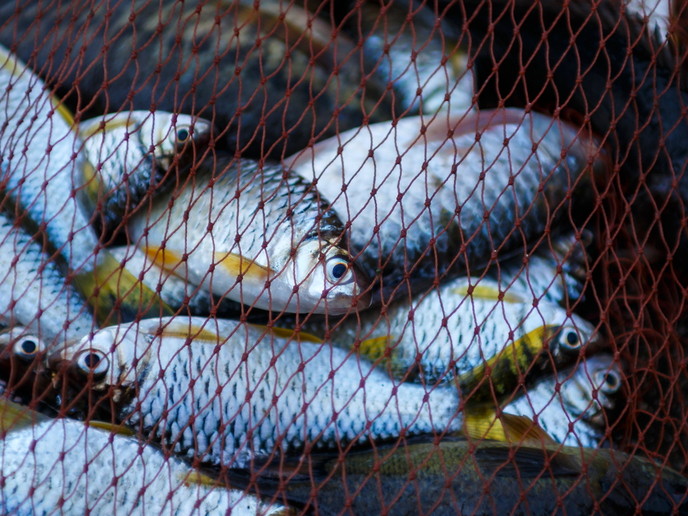Harnessing blue circular potential for a green future
Climate change and environmental degradation pose a fundamental threat to both Europe and the world. In response, the European Green Deal aims to reshape the EU into a modern, resource-efficient, and competitive economy. Its key objectives include achieving net-zero greenhouse gas emissions by 2050, fostering economic growth that is independent of resource consumption, and ensuring that all individuals and regions benefit from the transition without being left behind. To meet these ambitious goals, there is a need for better utilisation of bio-resources and conservation of biodiversity, for resilient ecosystems and nutritious food. Integrated value webs that use interconnected, rather than linear, processes can support a more circular and sustainable economy.
Collaborative efforts towards a circular blue bioeconomy
The https://bluebioeconomy.eu/ (BlueBio)-coordinated funding scheme was designed to advance the European blue bioeconomy. “For a fully circular aquaculture and fisheries sector, we need to valorise waste and side streams and incorporate novel sustainable ingredients,” highlights BlueBio coordinator Ingeborg Korme. Since 2018, BlueBio has funded 49 research and innovation projects with a total investment of EUR 43 million. The primary objective has been to identify innovative ways to bring bio-based products and services derived from aquatic resources to market, thereby creating new value chains and enhancing sustainability within the sector. Overall, BlueBio-funded projects have generated 49 functional foods/ingredients derived from marine organisms and over 80 new products and services. With nearly 50 industrial partners and over 300 stakeholders engaged across different projects, industry participation has played a central role in advancing research ideas to full-scale market applications.
Innovative technologies and new bioresources
One of the most promising areas explored by BlueBio-funded projects is the utilisation of aquatic bio-resources for innovative applications. The MARIKAT project, for example, has explored the potential of polysaccharides from microalgae to produce bioactive compounds for pharmaceuticals, food applications, and biodegradable materials. The Plastisea project has transformed high-purity polysaccharides into bio-based films and coatings, offering sustainable alternatives to plastic packaging. BlueBio-funded projects have also contributed bio-based solutions for health applications ranging from wound healing to antibiotics. For example, the AquaHeal3D project has created a marine, 3D-printed wound-healing hydrogel dressing derived from salmon roe. The BIOSHELL project has developed functionalised hydrogels from crustacean shells for wastewater purification. Similarly, BlueCC has extracted chitin-based compounds from invasive crab species that can be used in biomedicine and food preservation. Collectively, these projects demonstrate how innovative processing can unlock new value chains in the blue bioeconomy.
Sustainable aquaculture
One of the key areas of interest for BlueBio has been development of sustainable aquaculture to promote the recycling of nutrients and reduce environmental impact. For instance, the AquaTech4Feed project has formulated novel fish feeds from alternative protein sources, such as algae, duckweed, insects, and microbiomes. Low-trophic animals, such as sea stars and worms, have also been explored as sustainable food and feed sources (InEVal, SIDESTREAM). The EuFish_SustainableGrowth project focused on underutilised European fish species to create innovative seafood products. This has contributed to a zero-waste approach and encouraged more responsible and sustainable fishing practices. BESTBROOD has introduced genetic markers and bioindicators to refine breeding techniques and support efficient fish farming practices. Beyond individual projects, BlueBio developed a comprehensive database with information on research projects in areas such as fisheries, aquaculture, seafood processing, and marine biotechnology. This database serves as a valuable resource for stakeholders, facilitating knowledge exchange and identifying gaps and synergies in the blue bioeconomy sector, and has greatly contributed to the Mission Ocean project database.
Keywords
BlueBio, blue bioeconomy, sustainable aquaculture, marine bio-resources, biotechnology







